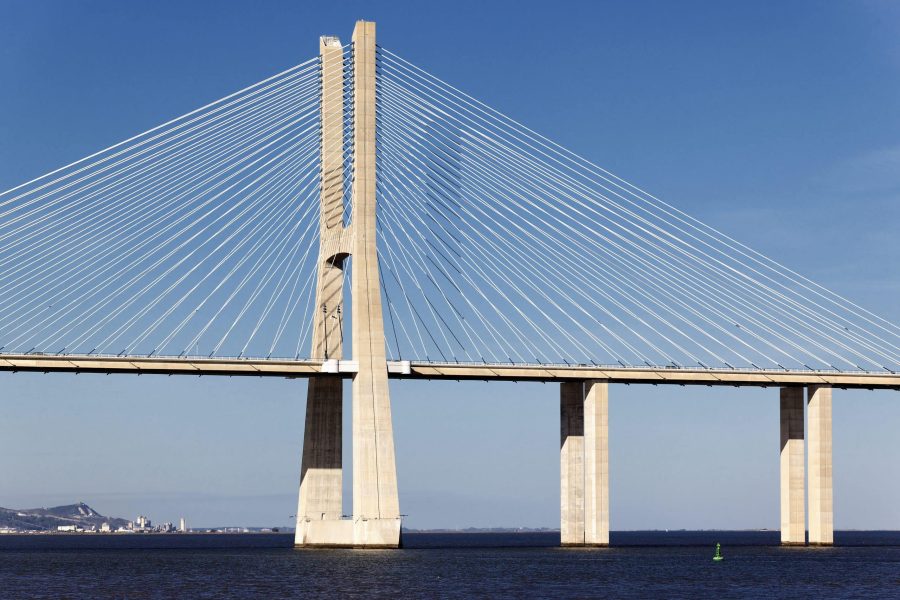Imagine crossing a bridge and hearing it emit a deep, almost ghostly song every time the wind blows. It’s not science fiction. In fact, some steel structures around the world produce real harmonic sounds, the result of the vibration of the metal and its interaction with the air.
One of the best-known cases is the iconic Golden Gate Bridge in San Francisco (USA), which since its last renovation emits a high-pitched hum that can be heard several kilometres away, especially on windy days. This phenomenon has fascinated engineers, musicians, curious onlookers and architects alike.
Why do steel structures make noise?
The phenomenon is caused by a combination of physical factors:
- High-speed wind passing through narrow spaces or gaps between metal components.
- The flexibility of steel, which allows the transmission of mechanical vibrations.
- Architectural designs that, unintentionally, create conditions for acoustic resonance.
In technical terms, this is a phenomenon of structural aerodynamics known as vortex shedding, where wind forces cause rhythmic vibrations in the metal elements of a structure.
EThe case of the Golden Gate Bridge and its metallic ‘song’
EIn 2020, after the installation of new safety panels on the side of the Golden Gate Bridge, the inhabitants of San Francisco began to hear a mysterious humming sound. The sound was produced by the wind channelled through the vertical stainless-steel slats, designed to improve the aerodynamics of the structure.
What appeared to be a fault did not actually compromise safety. But the phenomenon sparked an interesting debate about the unintended acoustic design of modern infrastructure.
Since then, adjustments have been proposed to reduce the noise level, although some industrial heritage advocates have suggested preserving the ‘song’ as part of the bridge’s sonic identity.
OtroOther ‘musical’ bridges around the world
This is not an isolated case. There are other steel structures that have surprised us with their acoustic behaviour:
- Humber Bridge (United Kingdom): produces a low hum in strong wind conditions.
- Astoria-Megler Bridge (Oregon, USA): known for emitting a ‘roar’ when the wind picks up.
- Modern pedestrian bridges with tension cables or metal grids have also shown audible vibrations, even under the passage of pedestrians.
This phenomenon, although curious, reflects two great truths about steel as a structural material:
It is strong, but flexible.
Its ability to absorb and transmit energy makes it ideal for large structures that must withstand extreme conditions.
It has a life of its own.
Steel ‘responds’ to its environment, adapting, vibrating, moving… even singing. It is not a static material, but a dynamic and expressive one.
Today, engineers take these types of phenomena into account to avoid future problems. They are analysed using CFD (computational fluid dynamics) simulations to anticipate vibrations, noise or even material fatigue.
And although in most cases the aim is to avoid these sounds, some architects have explored intentional acoustic design, creating structures that ‘sound’ as part of their sensory identity.
At Hierros Mora Antón… we love steel even when it sings
Stories like this reinforce what we at Hierros Mora Antón have always believed: steel is not just a material; it is a language. An element capable of supporting cities, but also of telling stories and evoking emotions.
Whether you work on large structures or small projects, we can advise you on choosing the right steel, with certified quality and the technical support you need.
Contact our team and tell us about your project.





